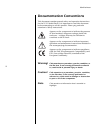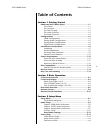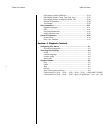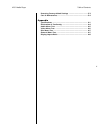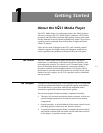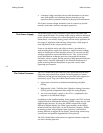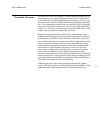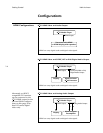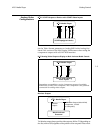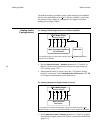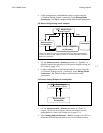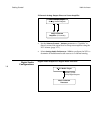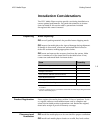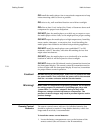
1-3
Nº51 Media Player Getting Started
The Audio Processor
As in the Nº40, the Nº51 employs a Direct Digital Synthesis circuit
incorporating a very high frequency reference clock. All data and
clock signals carrying the digital audio information to the DACs are
sent via a balanced Low Voltage Differential Signaling transmission
line. This transmission scheme was first utilized in the Nº40 Media
Processor and Nº390S CD Processor. The Nº51 also has the ability to
output 44.1, 48, 88.2, or 96kHz signals from the S/PDIF, AES or EIAJ
outputs using a dedicated sample rate converter.
Digital-to-analog conversion in the Nº51 is implemented using
balanced multi-bit Sigma/Delta DACs delivering superb technical
performance. In addition to the multi-bit architecture, these DACs
have a differential current output, which allows optimization of the
critical current-to-voltage conversion stage with dedicated opera-
tional amplifiers, possessing superlative rise time and bandwidth
characteristics. Each channel incorporates two DACs in a dual-
mono mode configuration. Following this, a custom active filter
circuit sums both halves of the balanced signal and provides
excellent common mode noise rejection in addition to outstanding
audio characteristics. This approach to the digital-to-analog circuit
topology yields extraordinarily low distortion, improved signal-to-
noise ratio and superb, musical sound quality.
Following the active filters, the signal passes through the volume
control. The Nº51 volume control is built around a dual MDAC 12-bit
ladder attenuator, derived from the Nº40. Volume controls ara. jit




